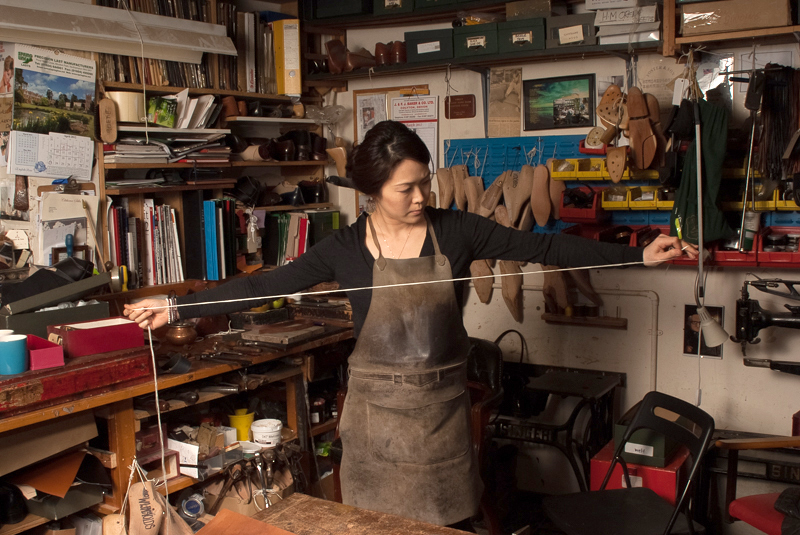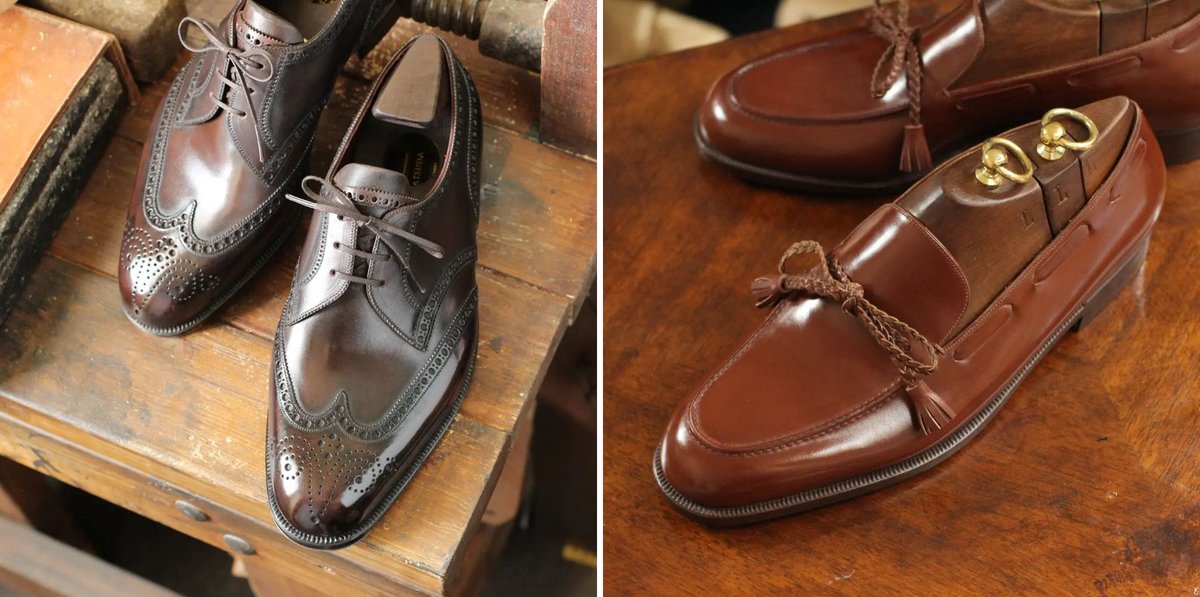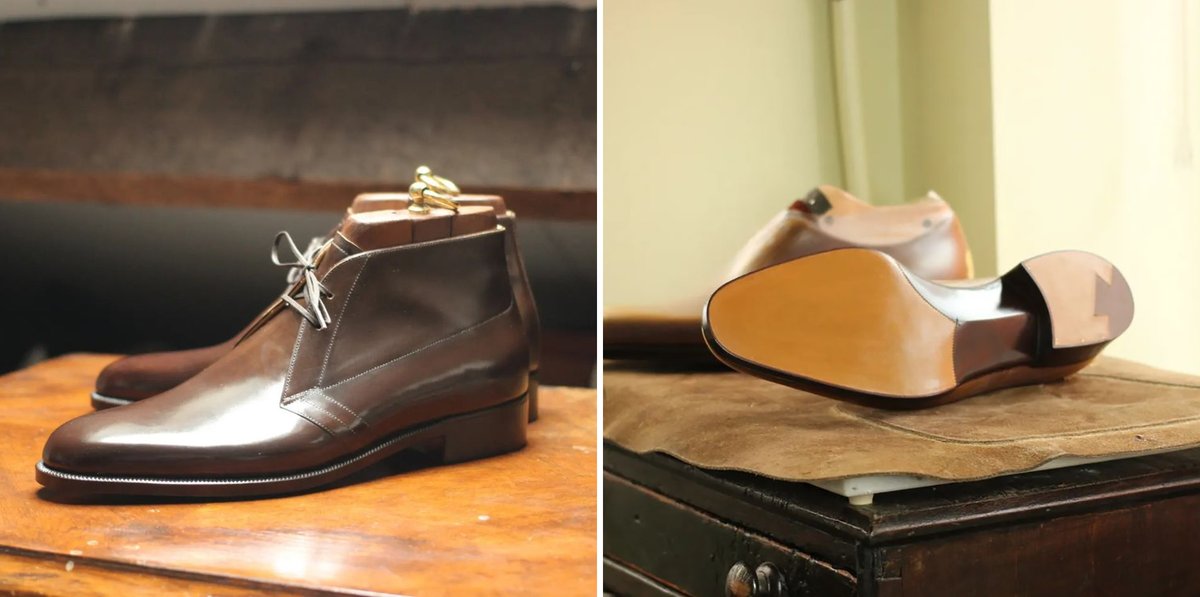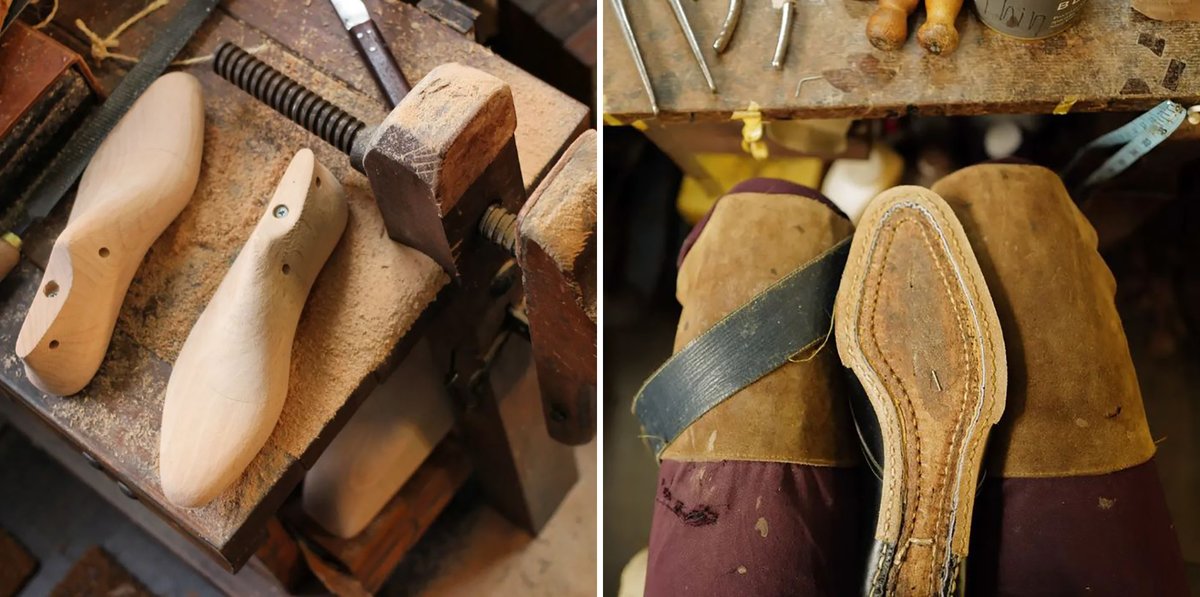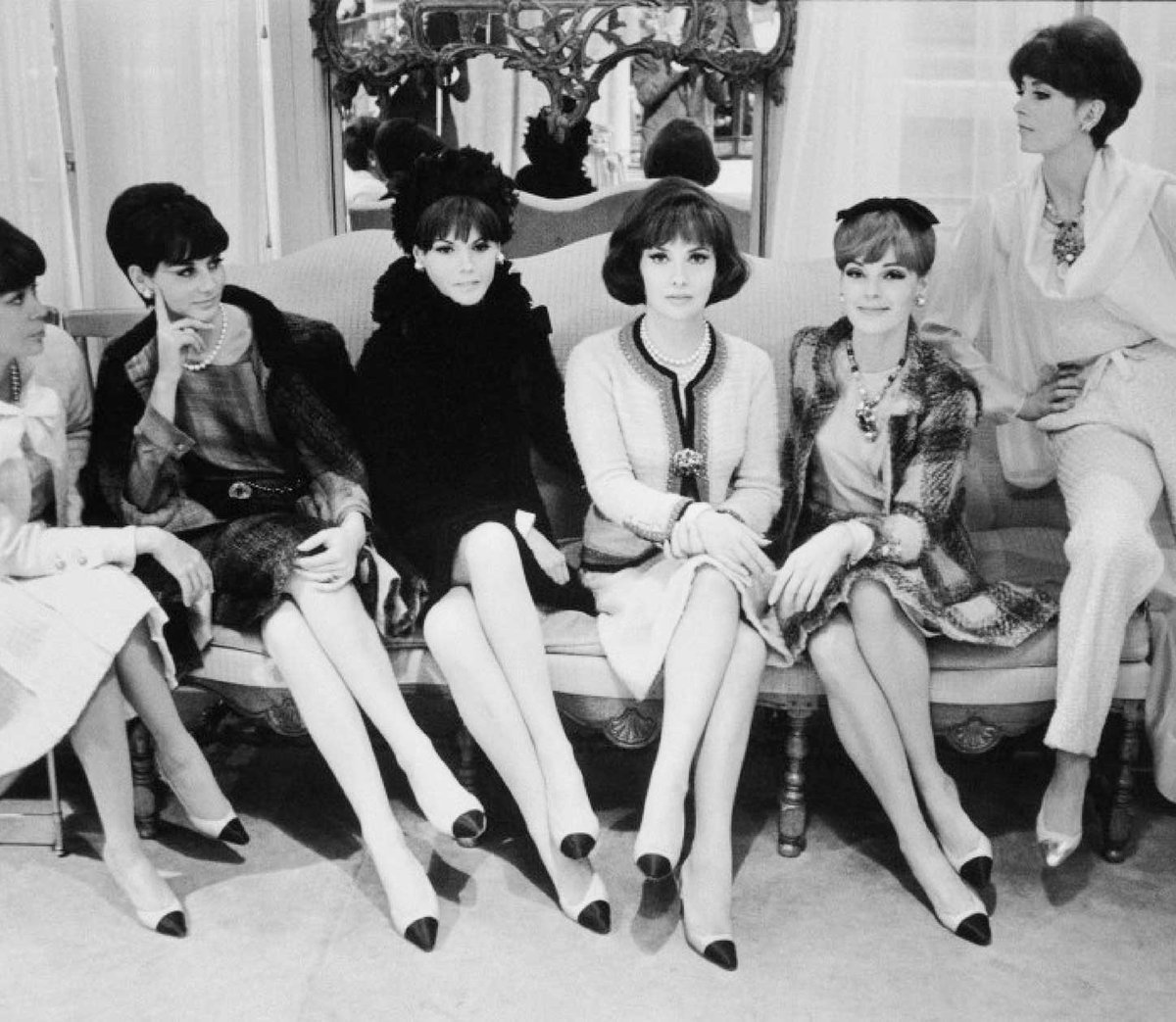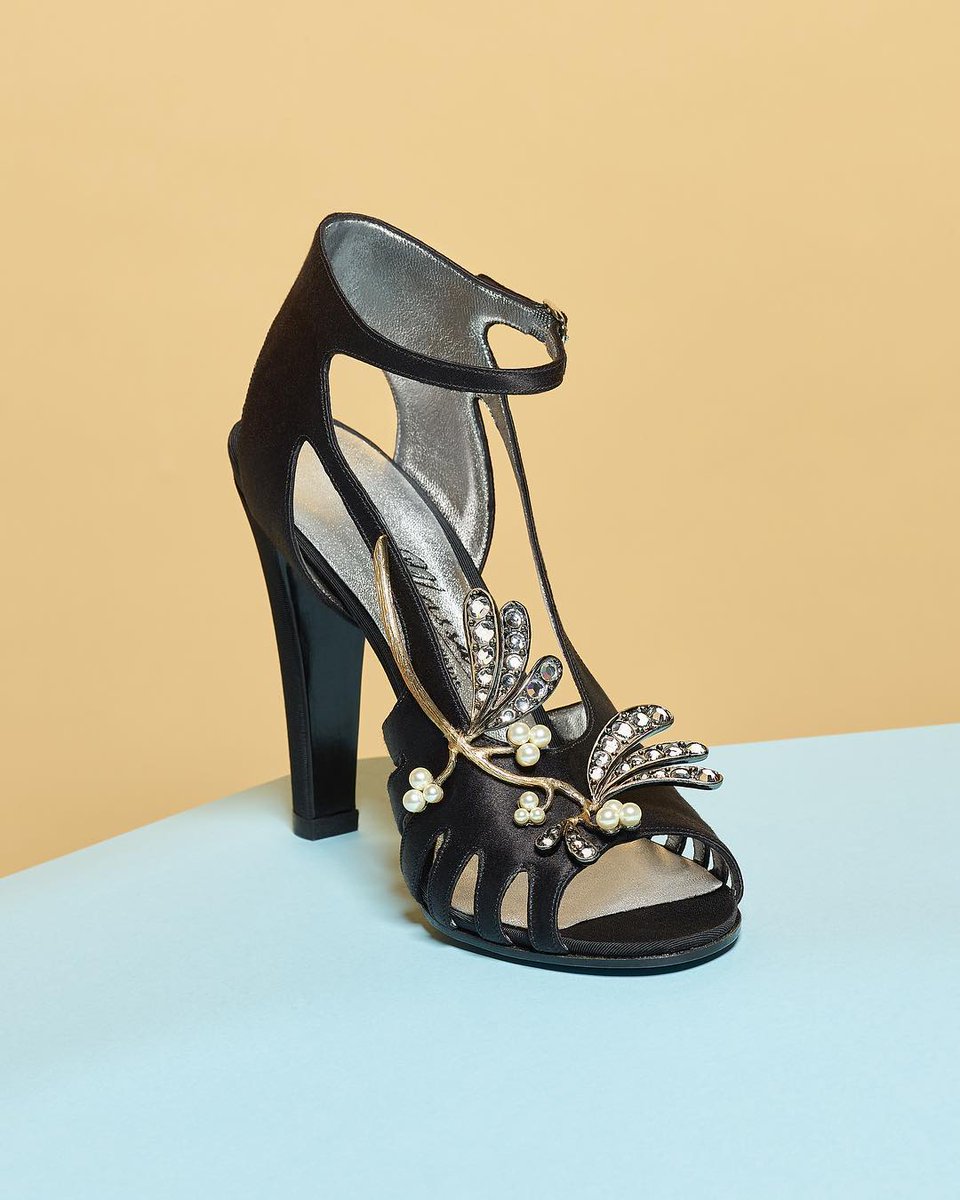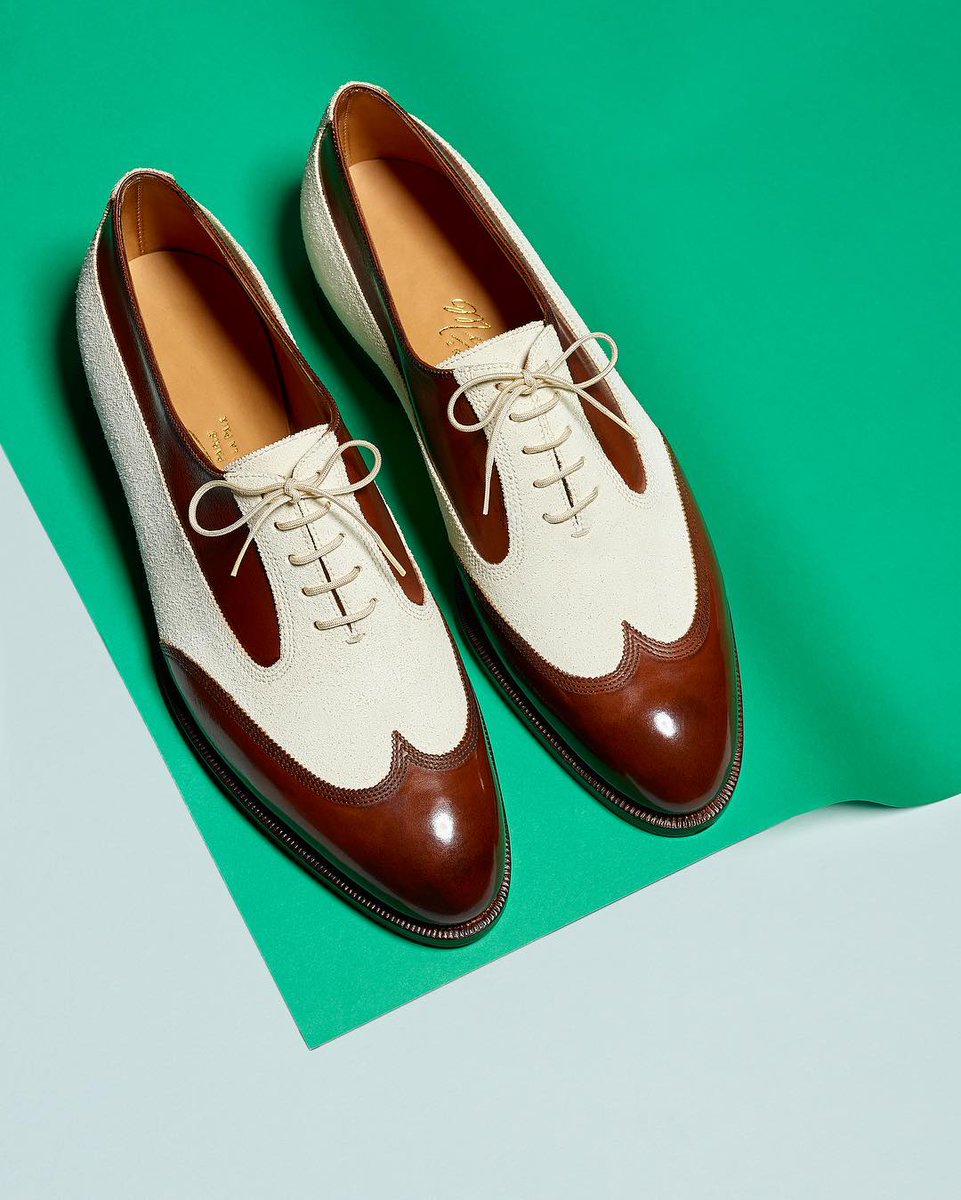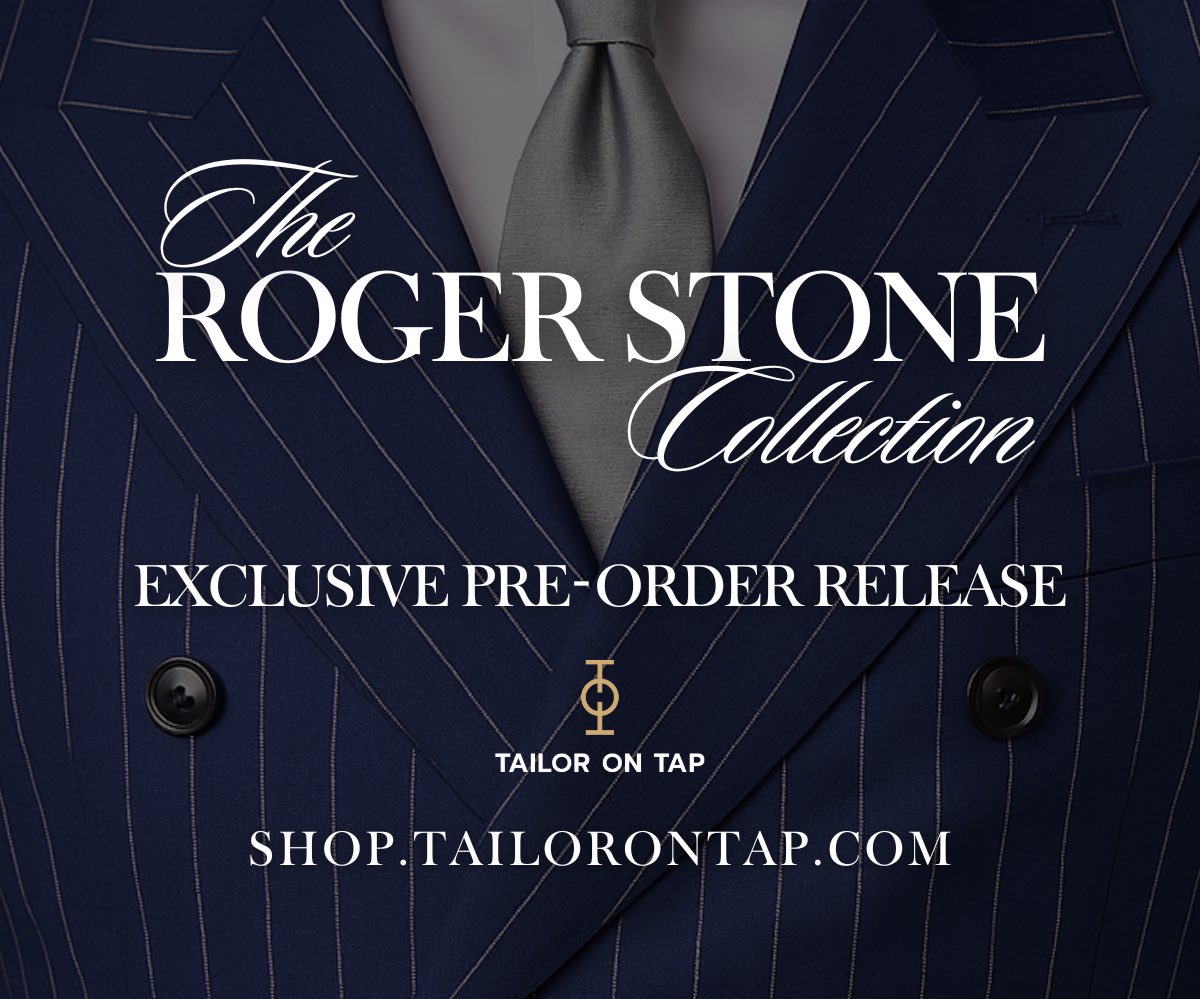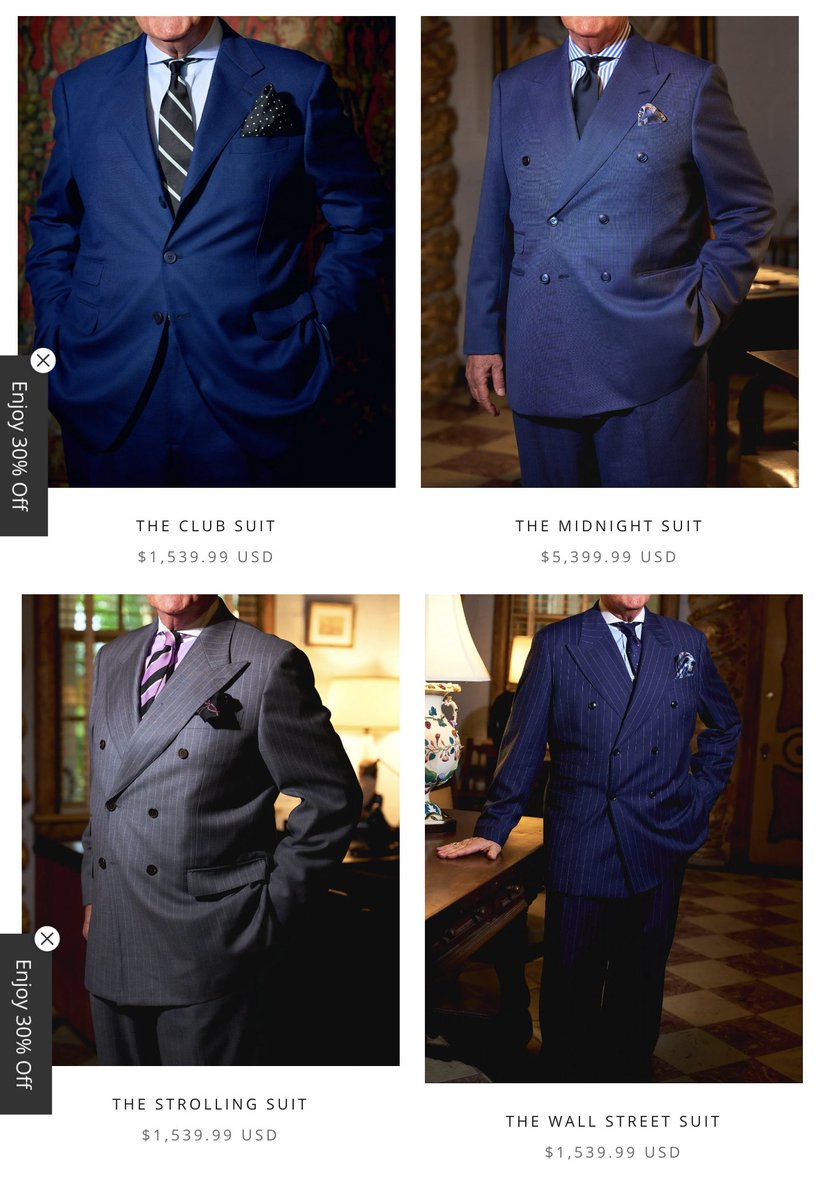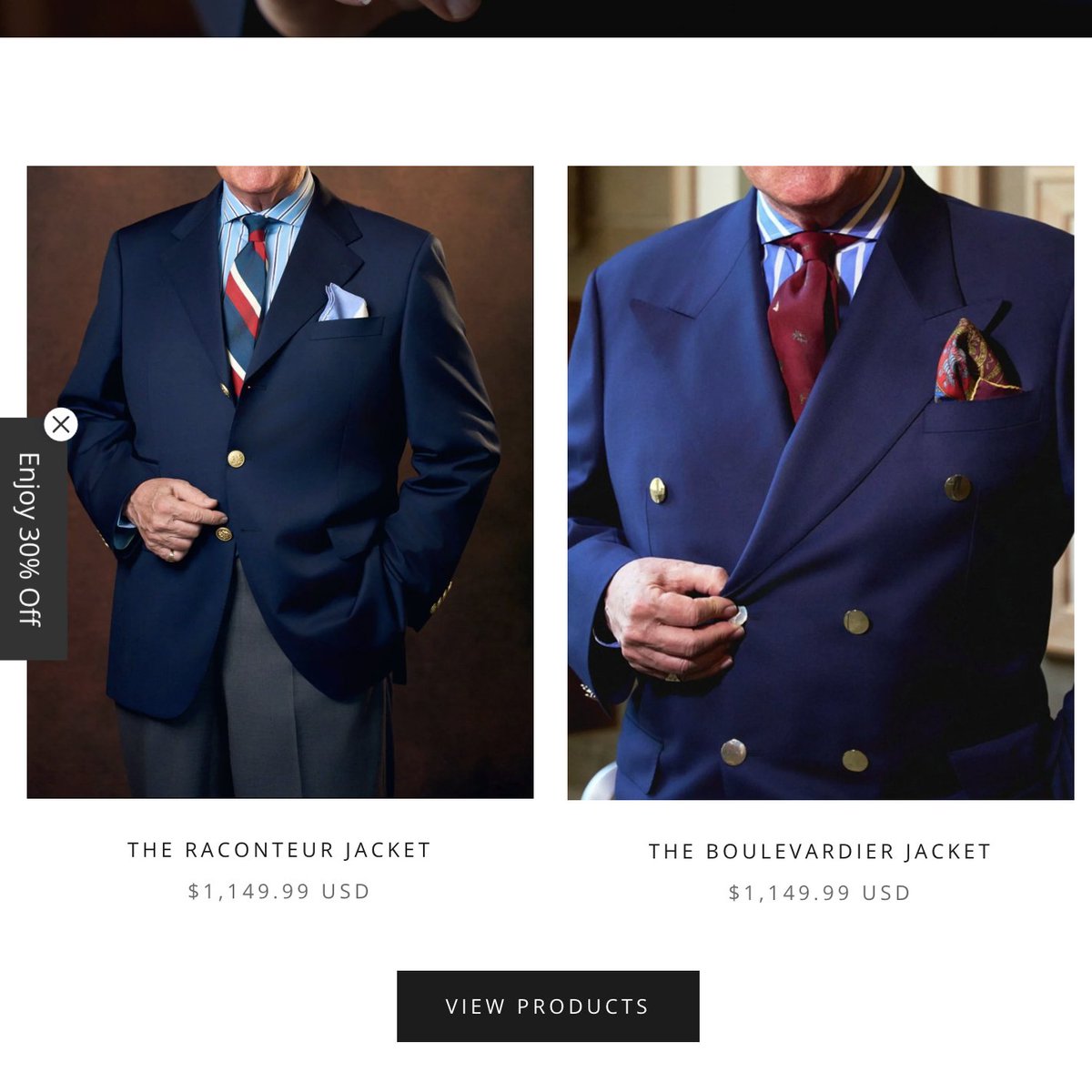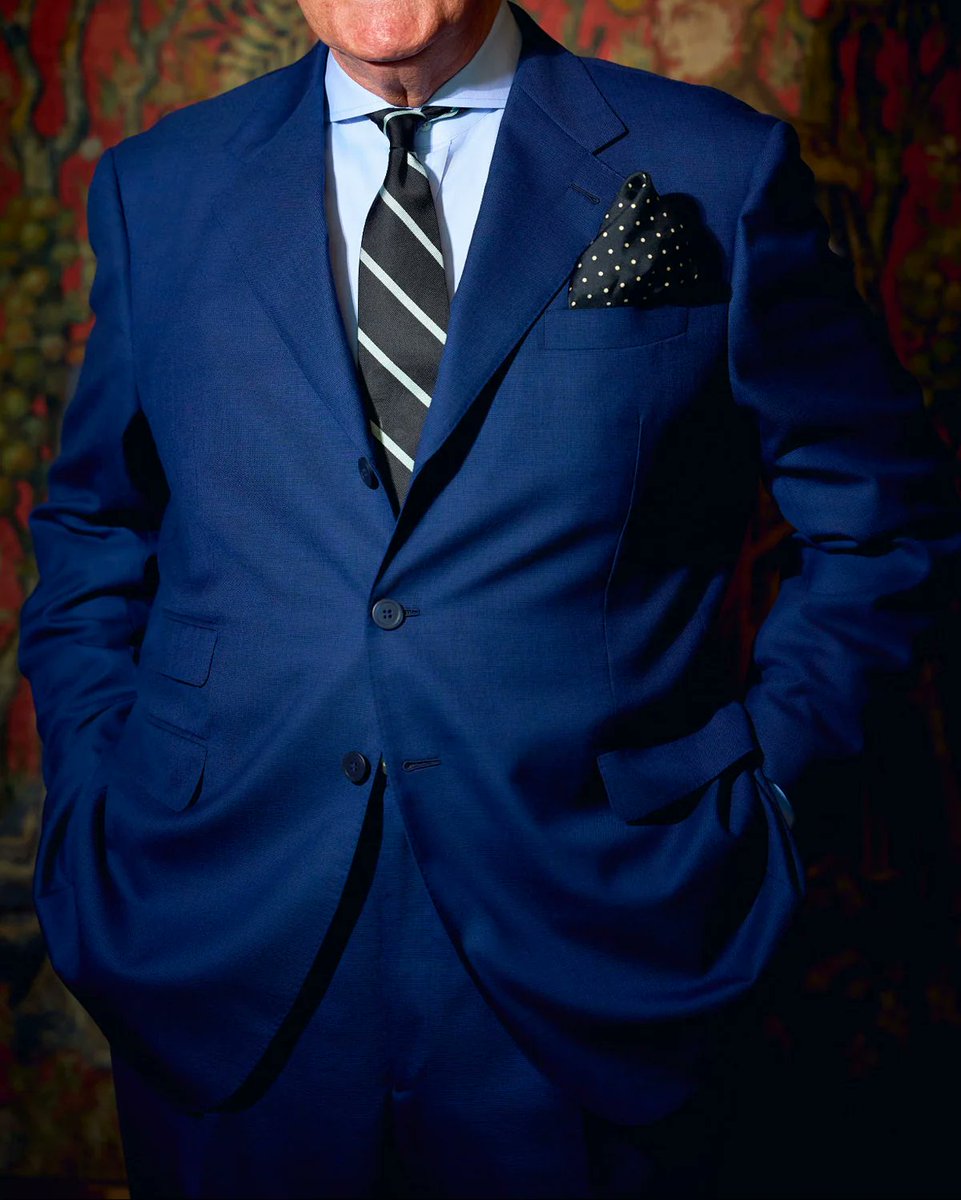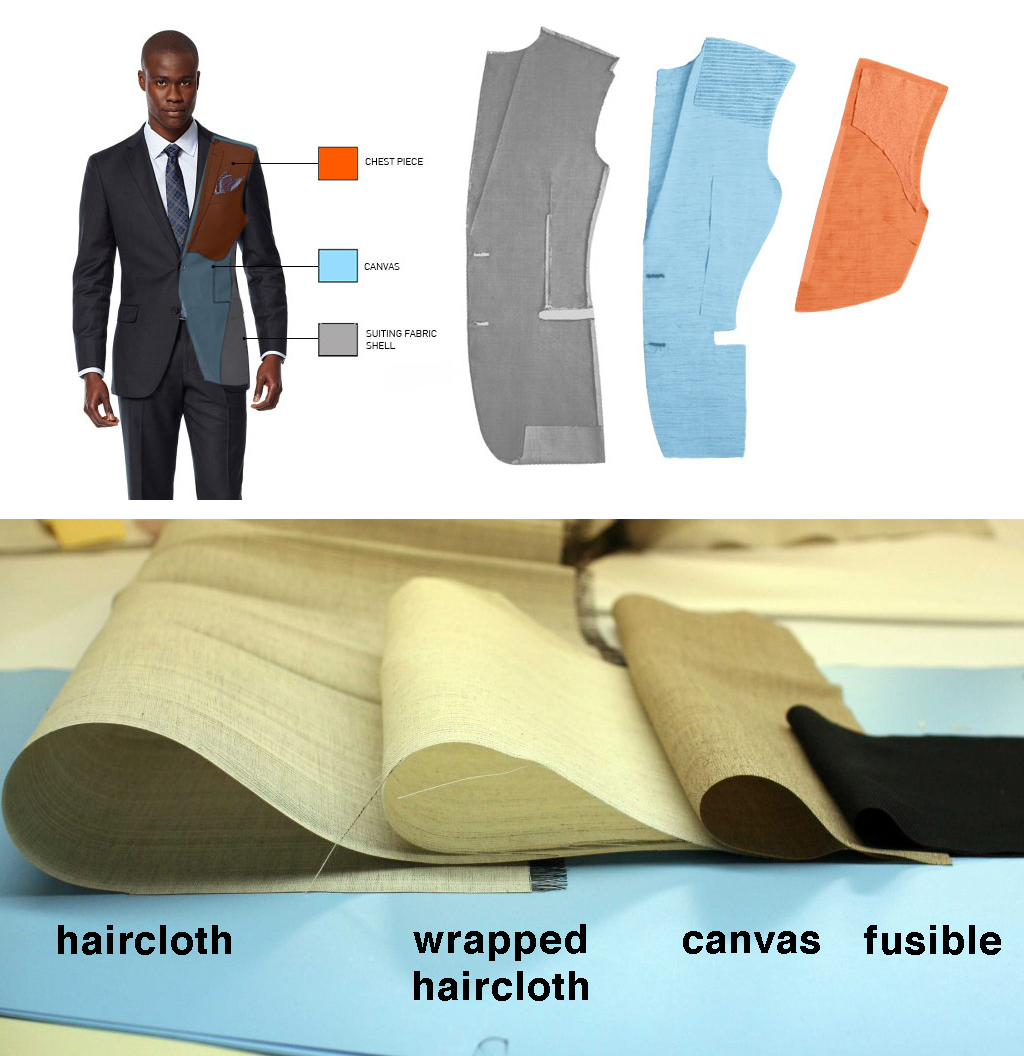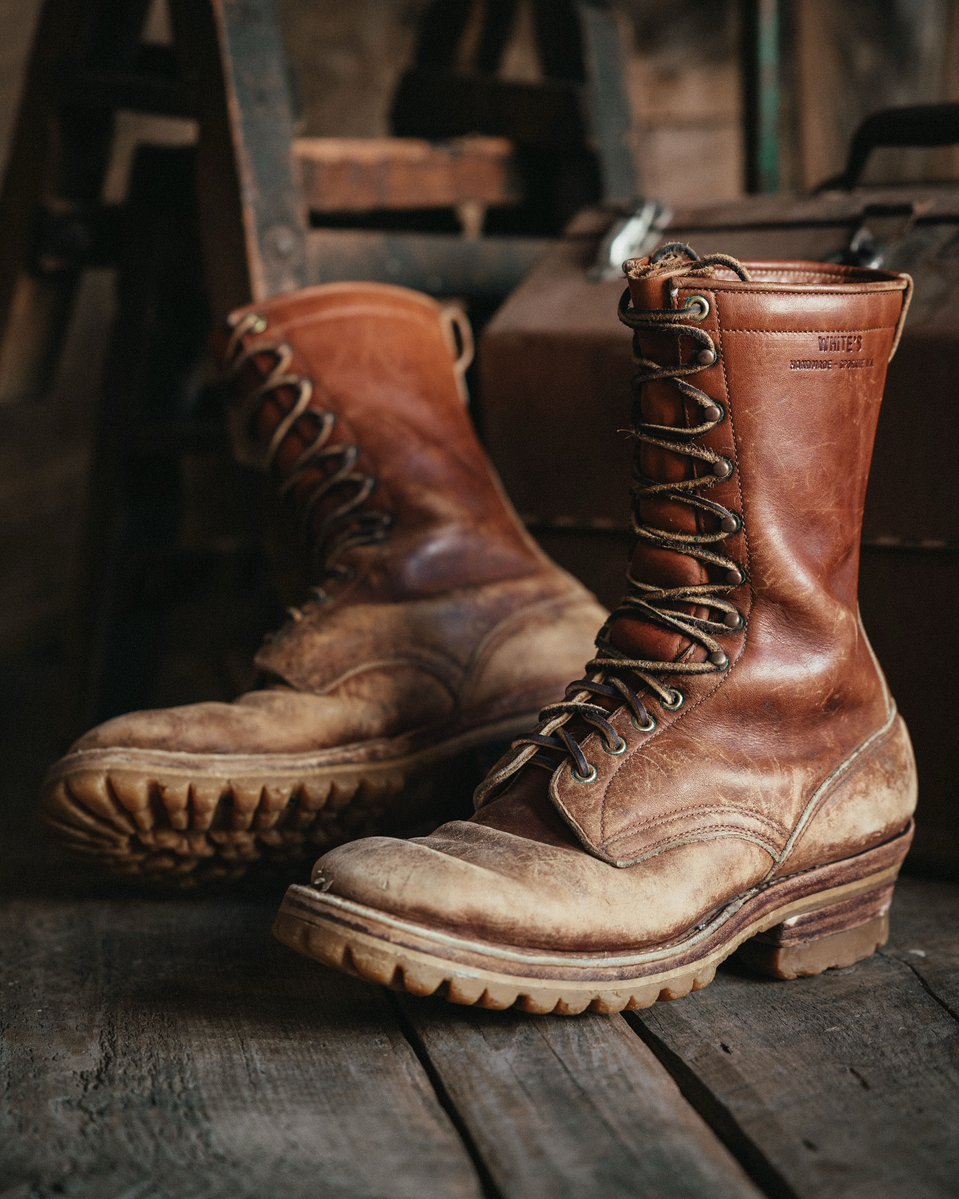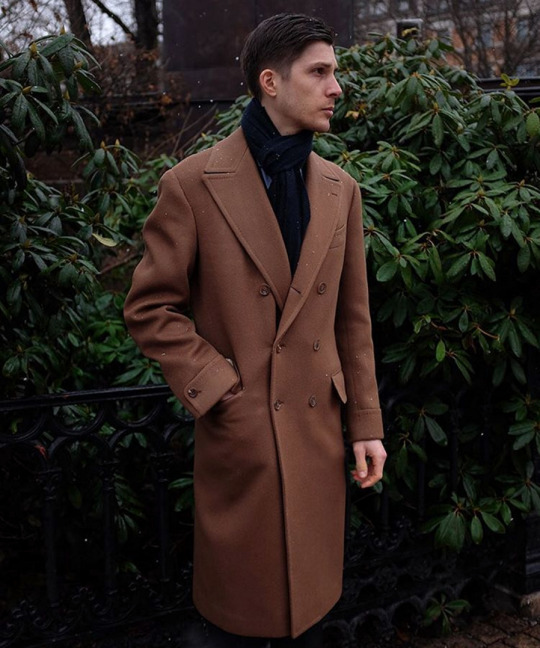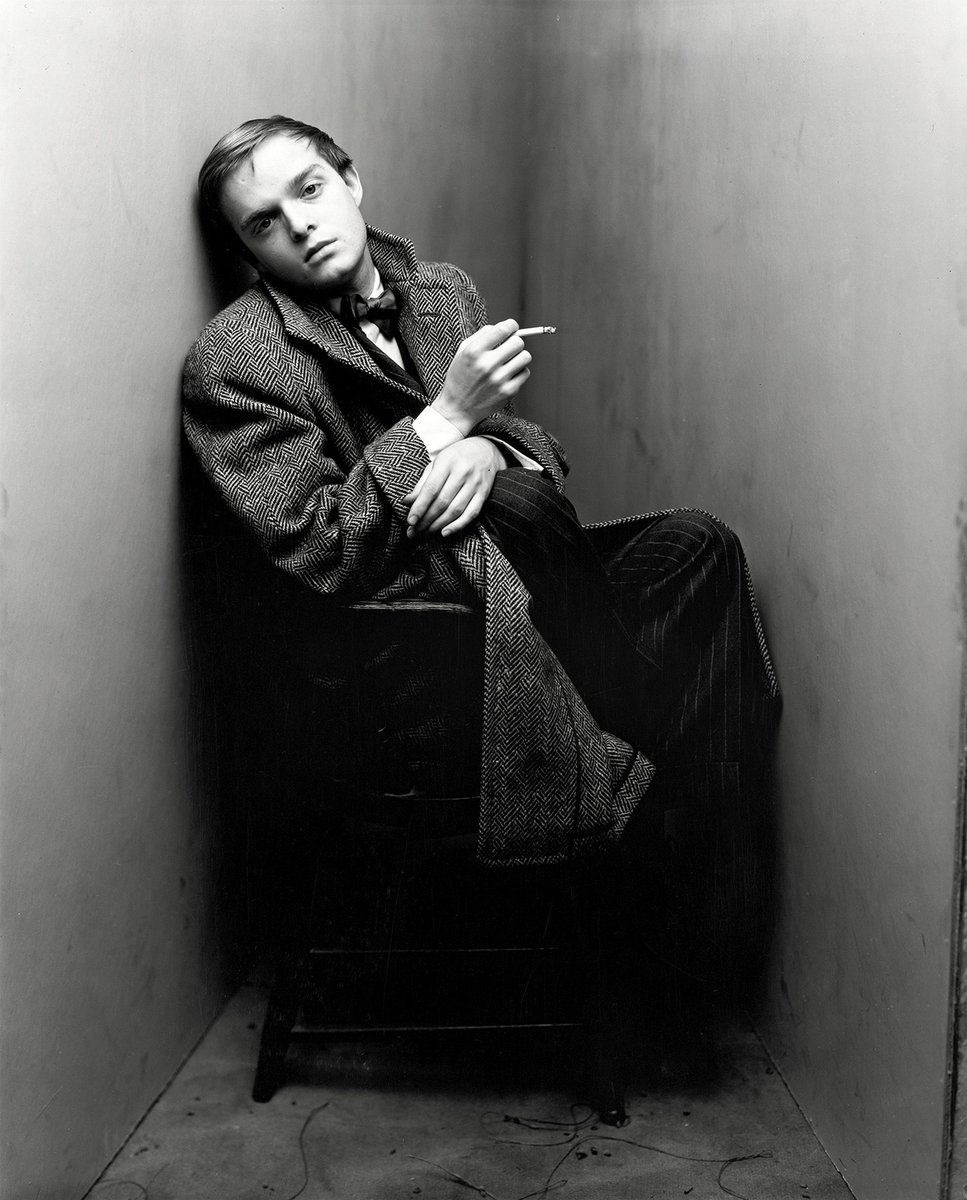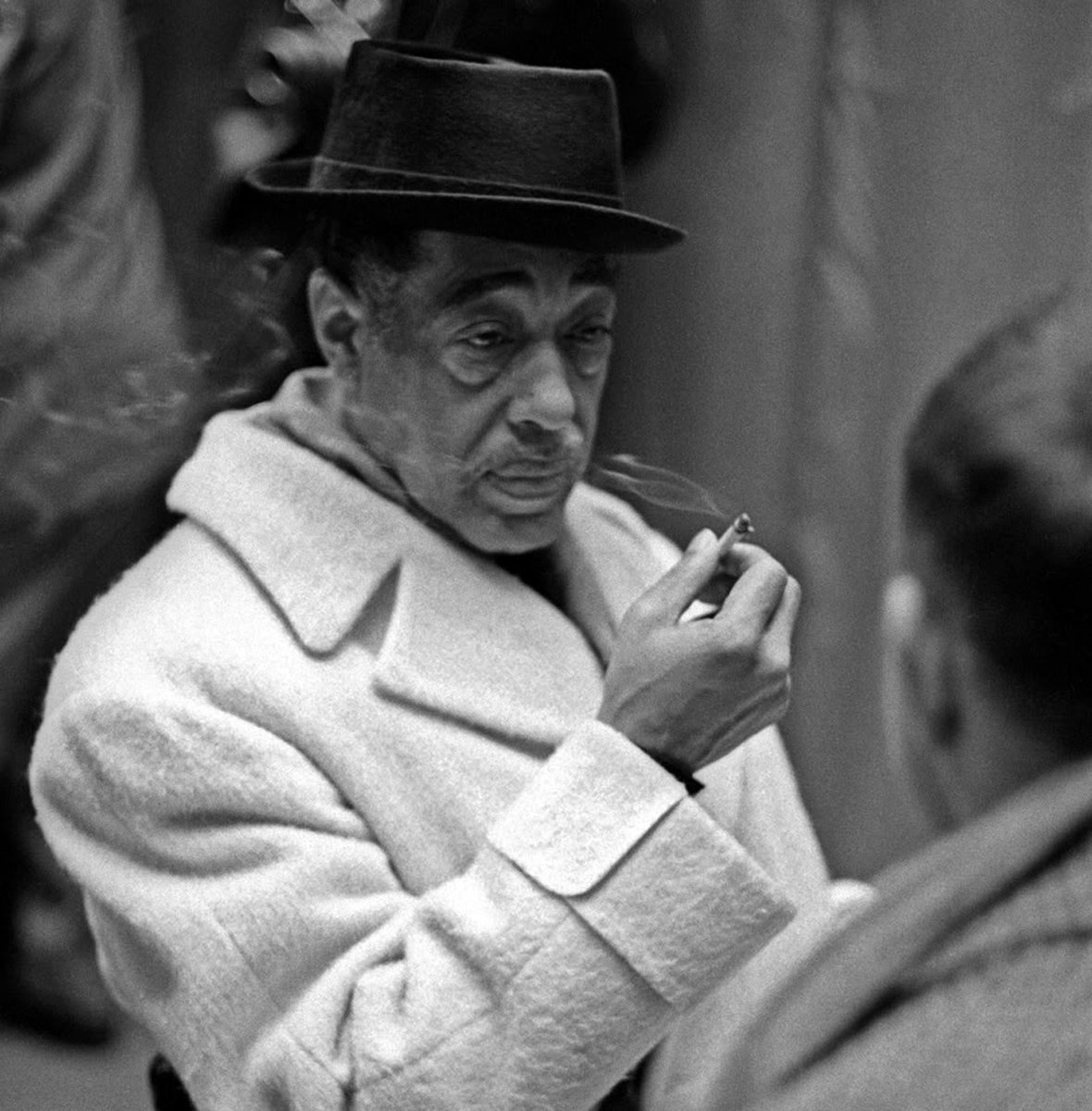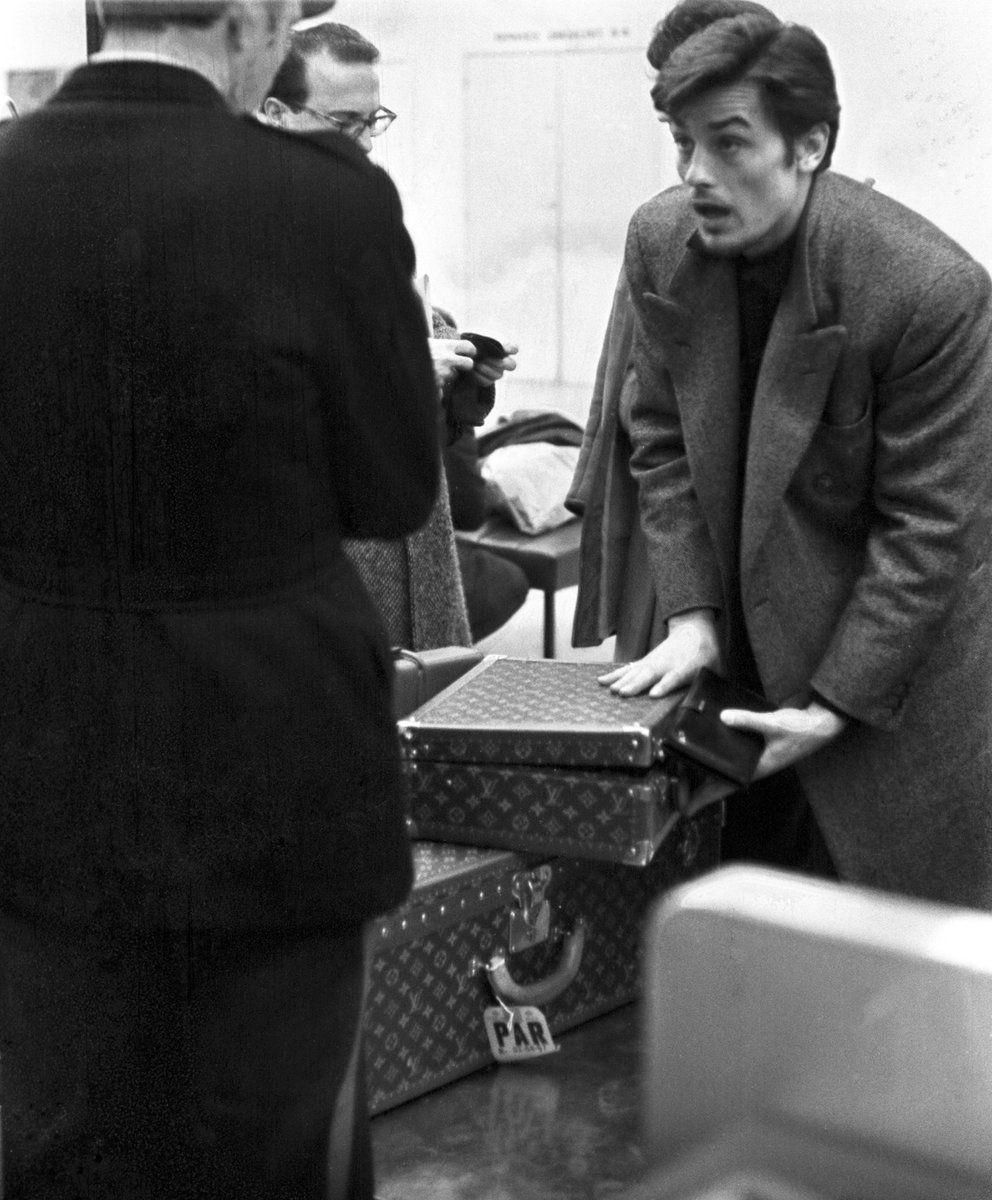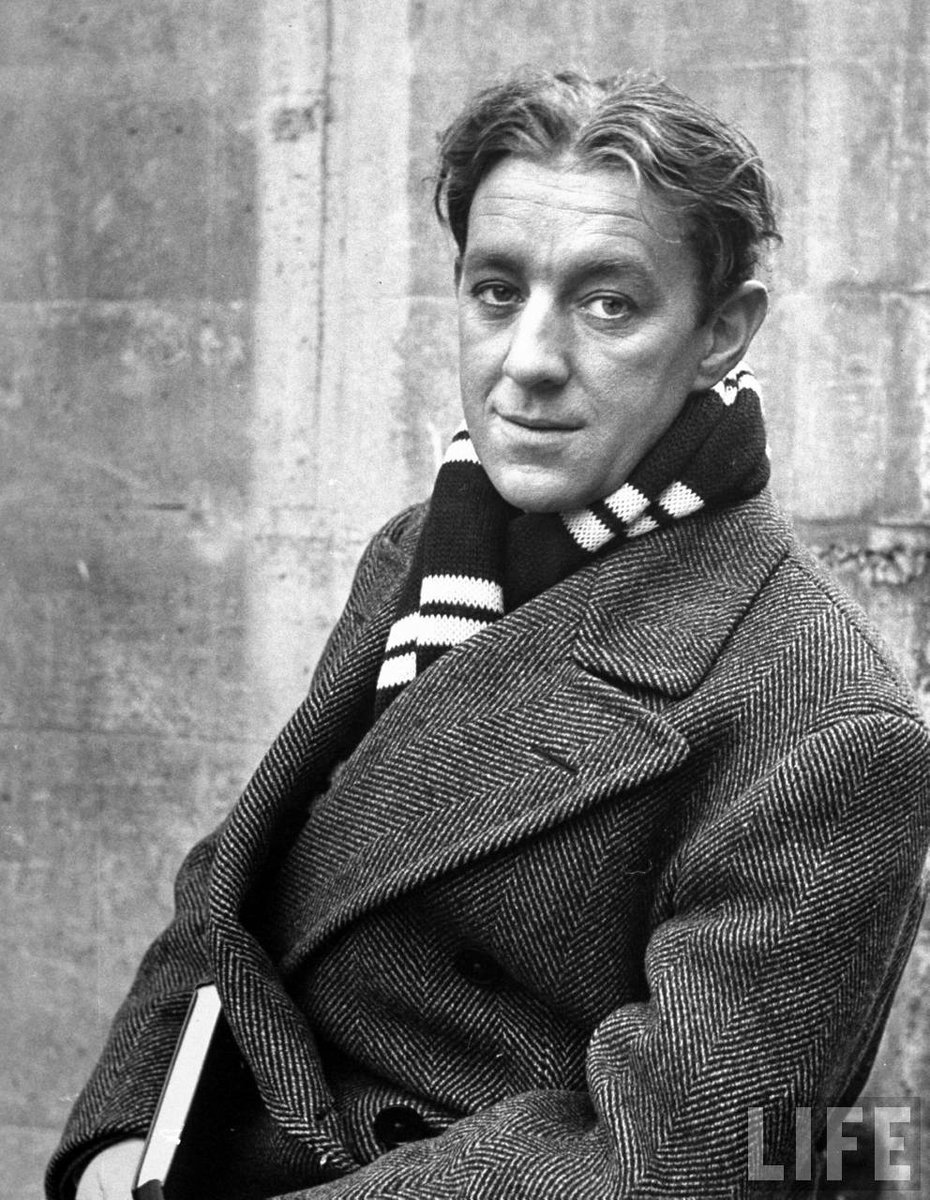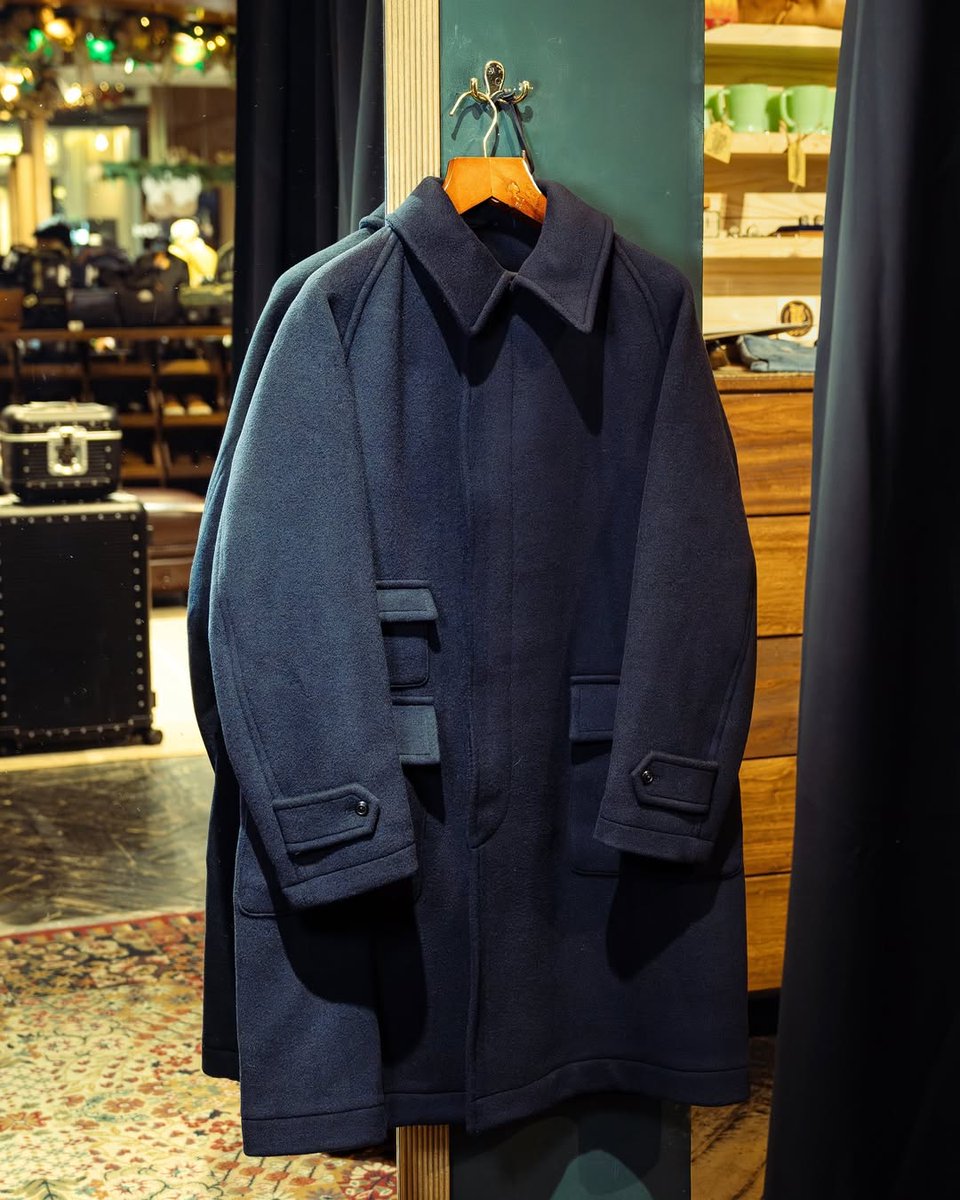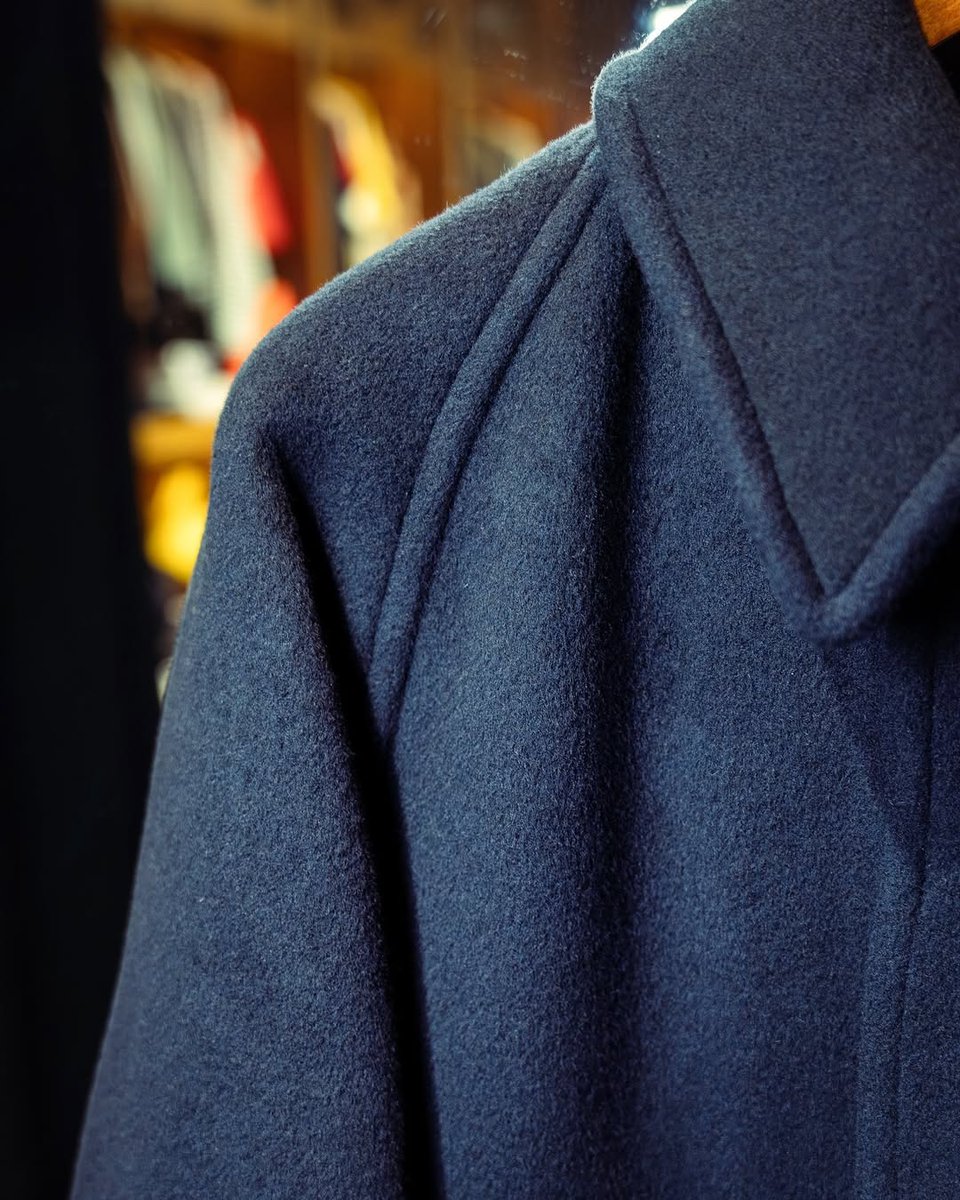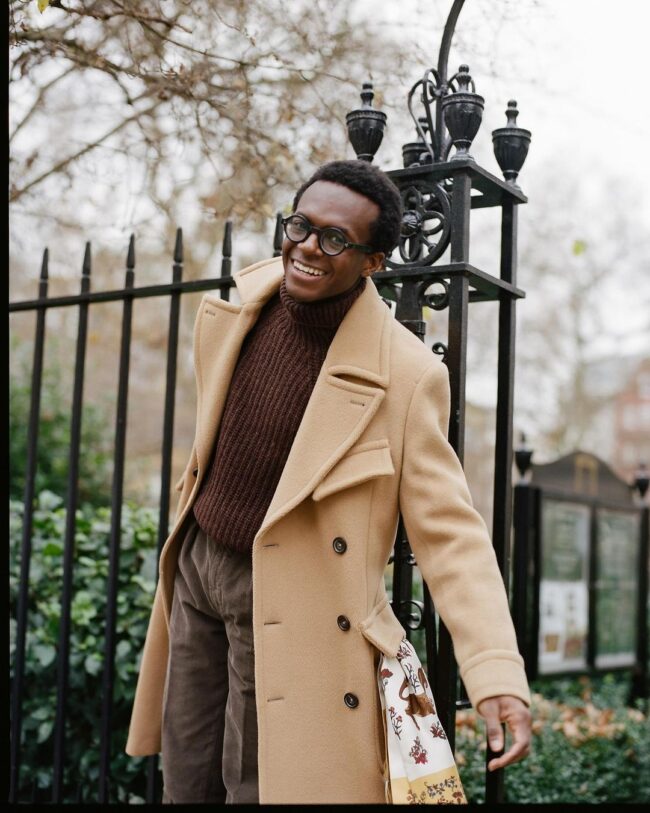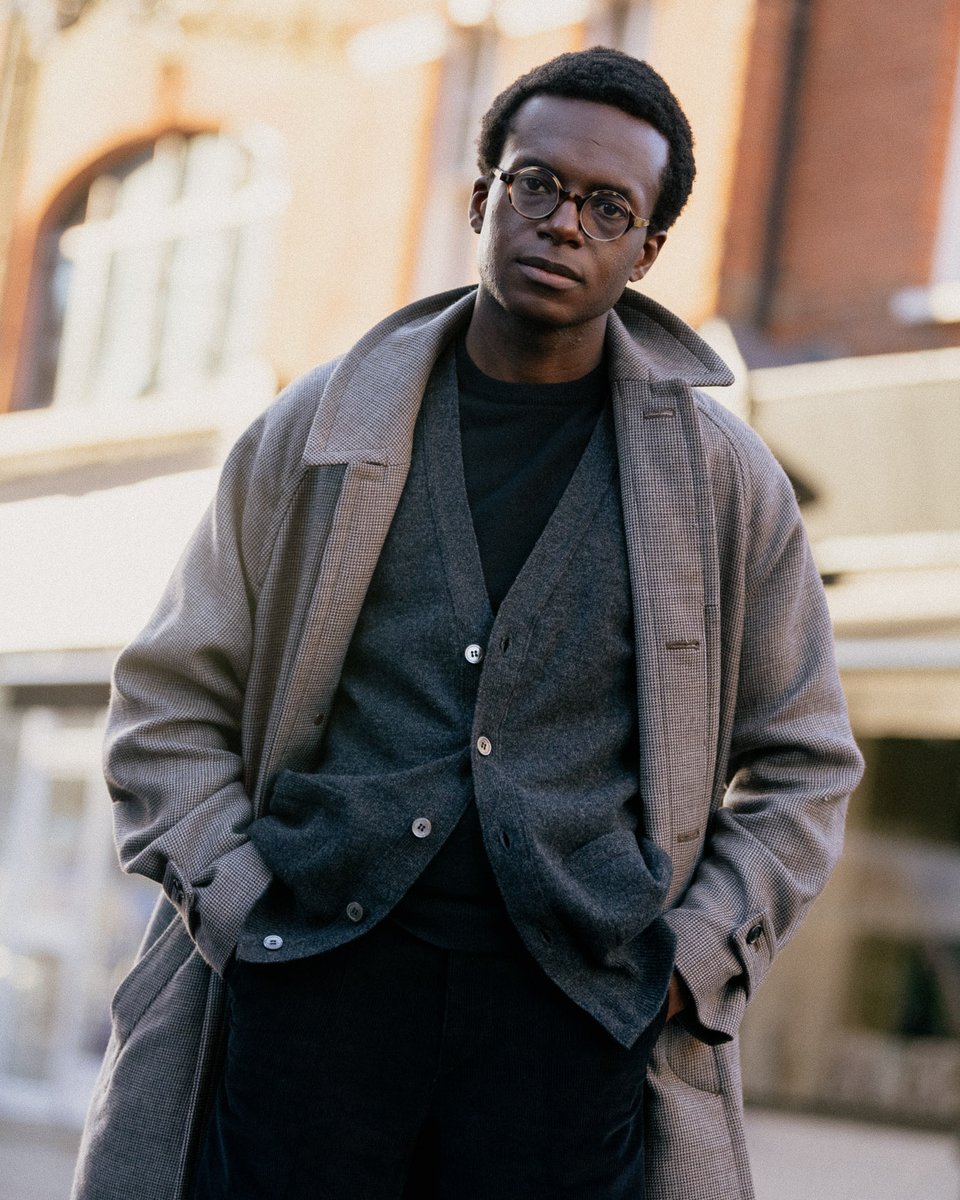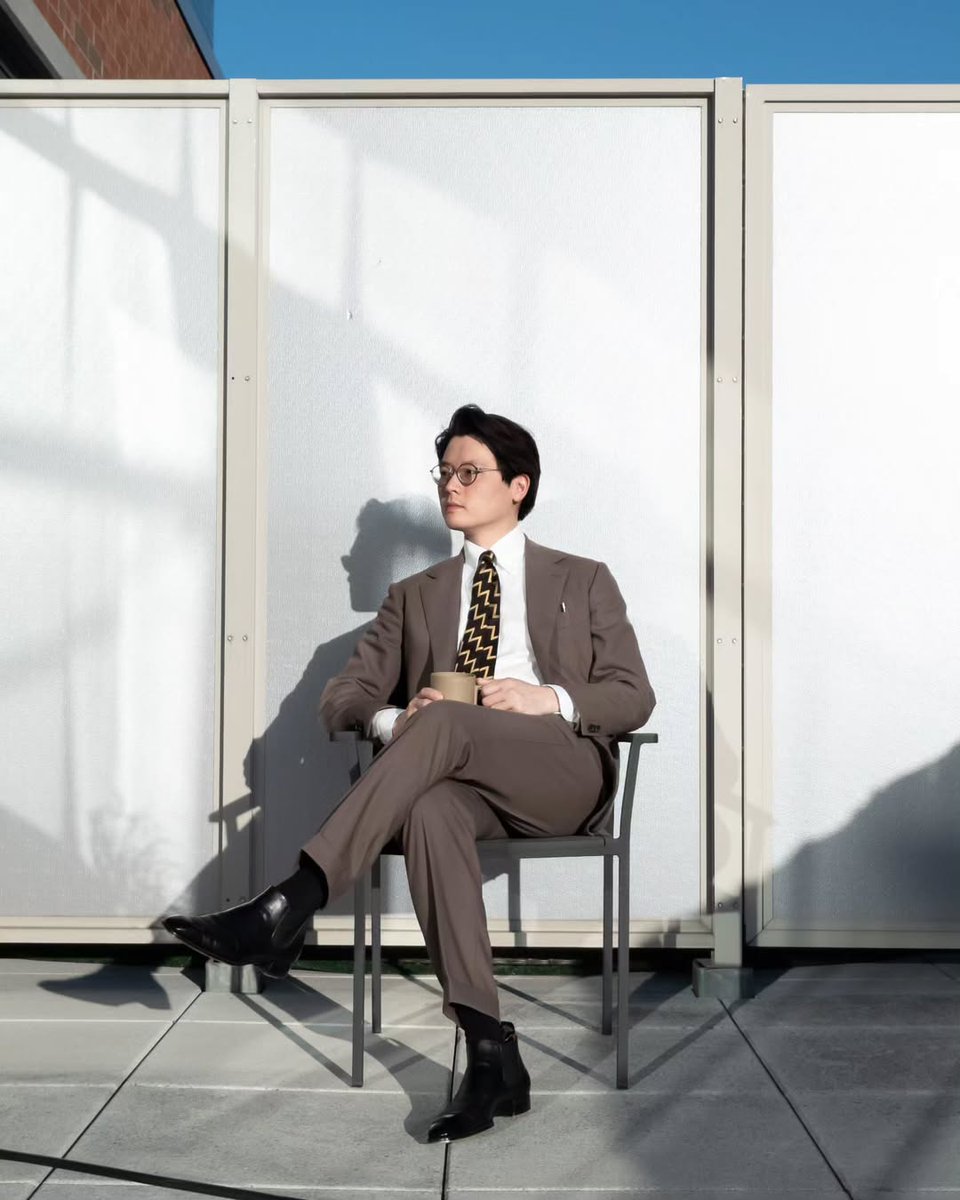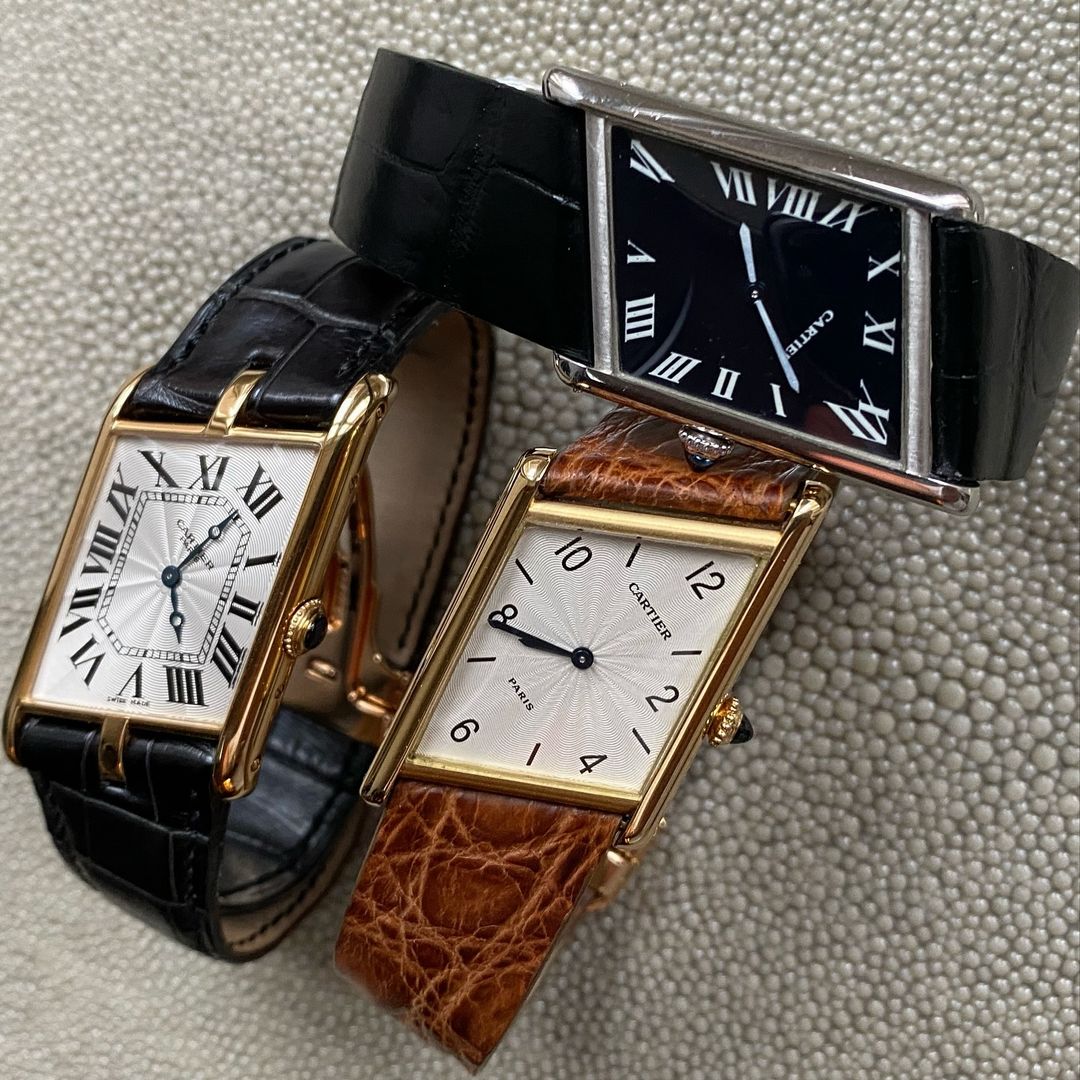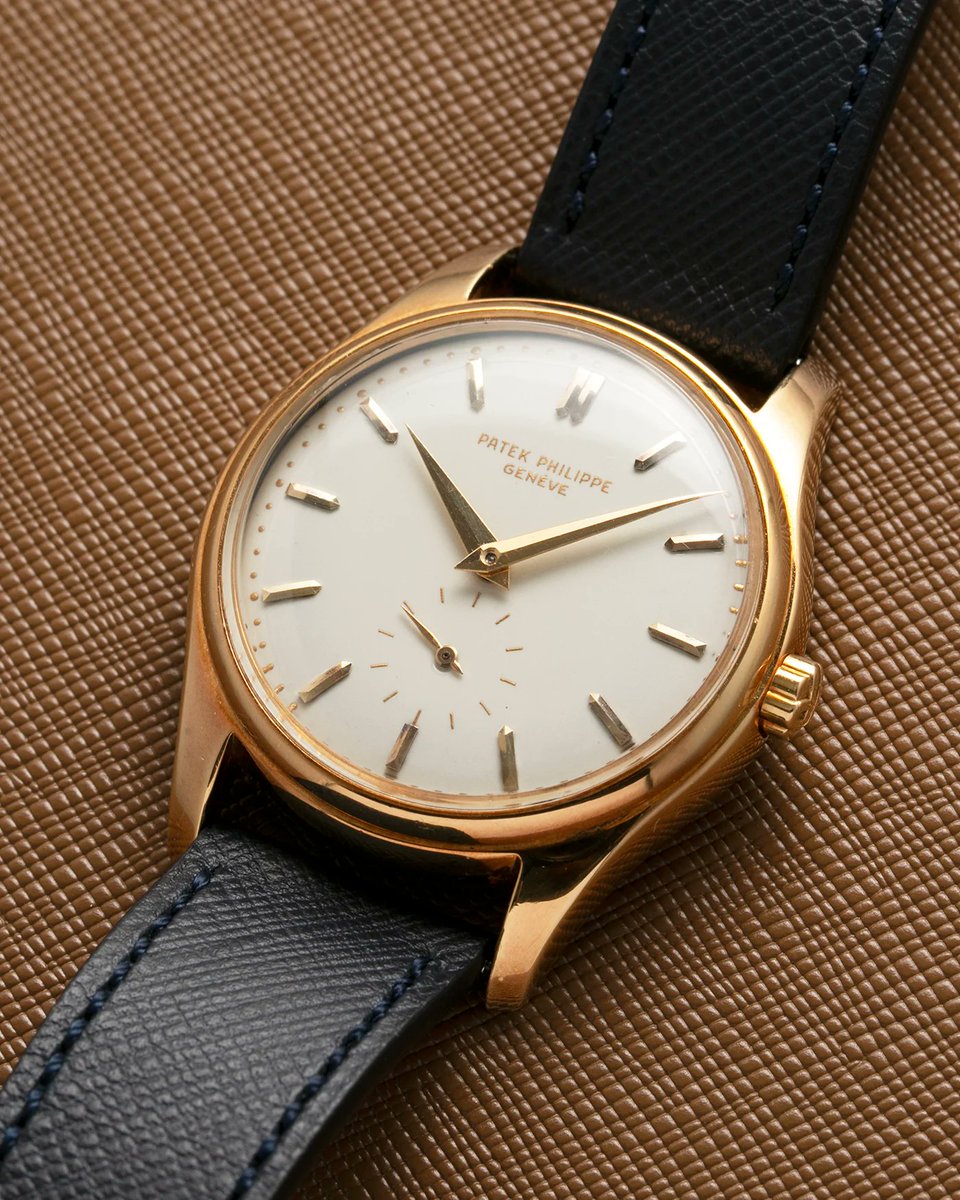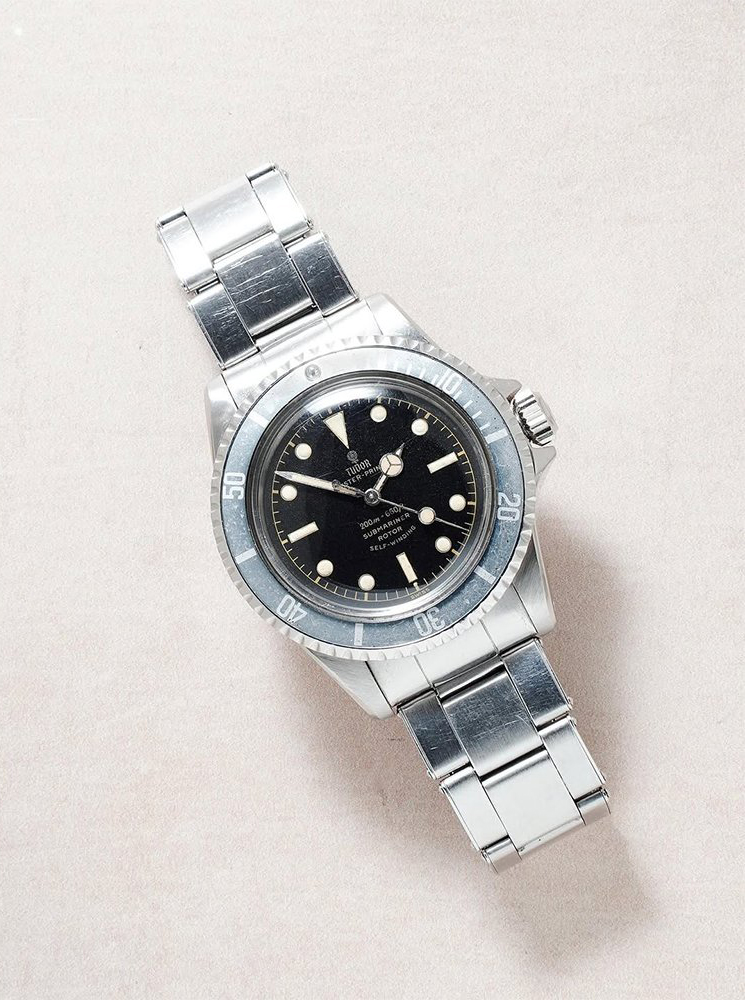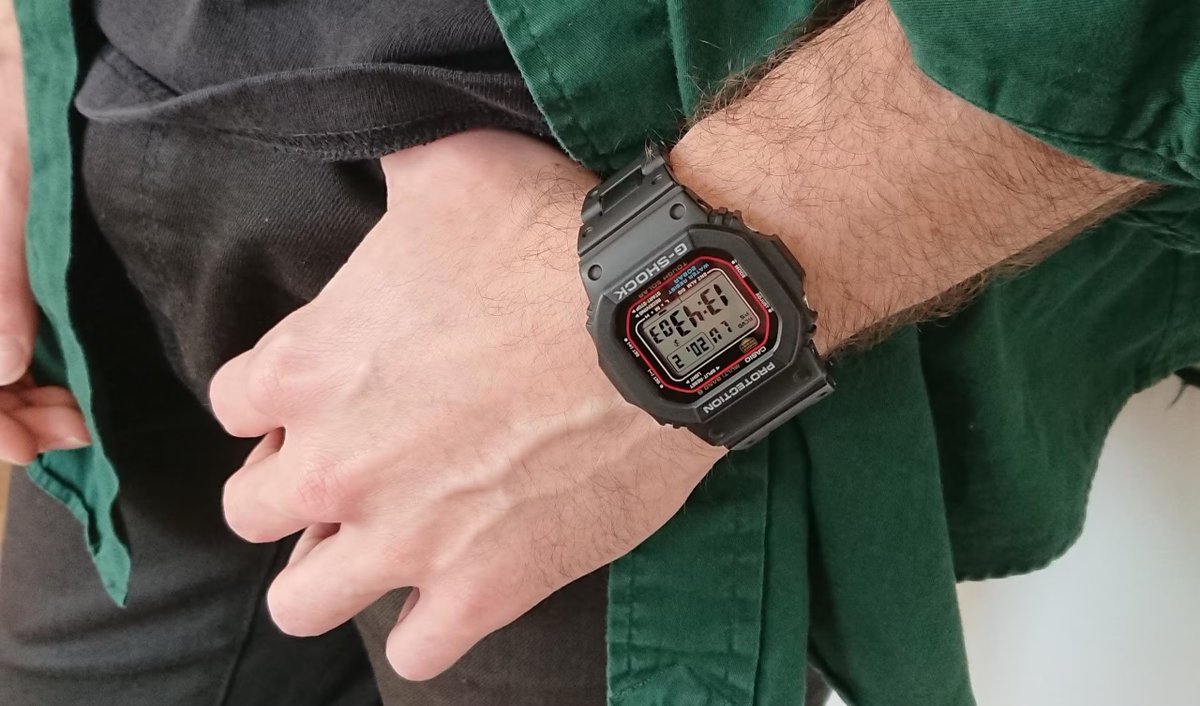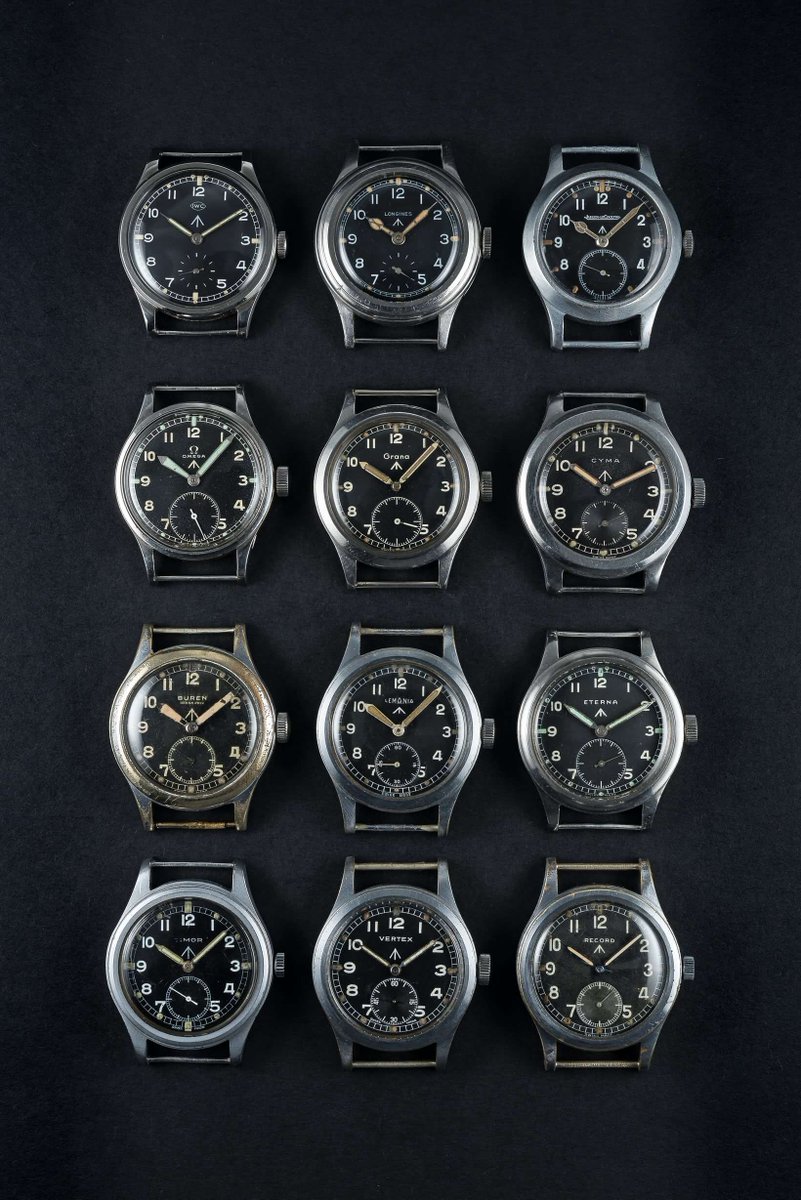Someone said they don't see a difference between how Hoffman dresses here and how many guys dress today, so I thought I'd run through some points.
What makes these outfits better than what we see today? 🧵
What makes these outfits better than what we see today? 🧵
https://twitter.com/dieworkwear/status/1729355479221227722
A big difference is fit. A lot of guys nowadays wear clothes that are too small. Notice that Hoffman's coat ends about halfway from his collar to what would be the floor; Gaetz's jacket barely covers his rear. As an effect, Gaetz looks like he's wearing his little brother's suit




Overly tight clothes can cause all sorts of problems. Straining at the waist. A collar that doesn't hug the neck. Divots at the sleeveheads. Lapels that buckle away from the chest. Etc.
Hoffman's coat isn't fastened, but if it were, you would not see these issues.


Hoffman's coat isn't fastened, but if it were, you would not see these issues.


His combo also makes aesthetic sense. We have a tan tweed sport coat worn with a denim shirt and casual fatigues. A lot of guys nowadays take a suit jacket and just pair it with jeans, which gives you something like a sartorial mullet. Formal up top; very casual down bottom.




We can take this idea further by thinking about the details. Tweed + denim Western shirt + fatigues have similar levels of formality and draw from similar histories. Has a very "rugged American guy who threw on a sport coat" vibe. Ralph Lauren has drawn on this idea for ages.



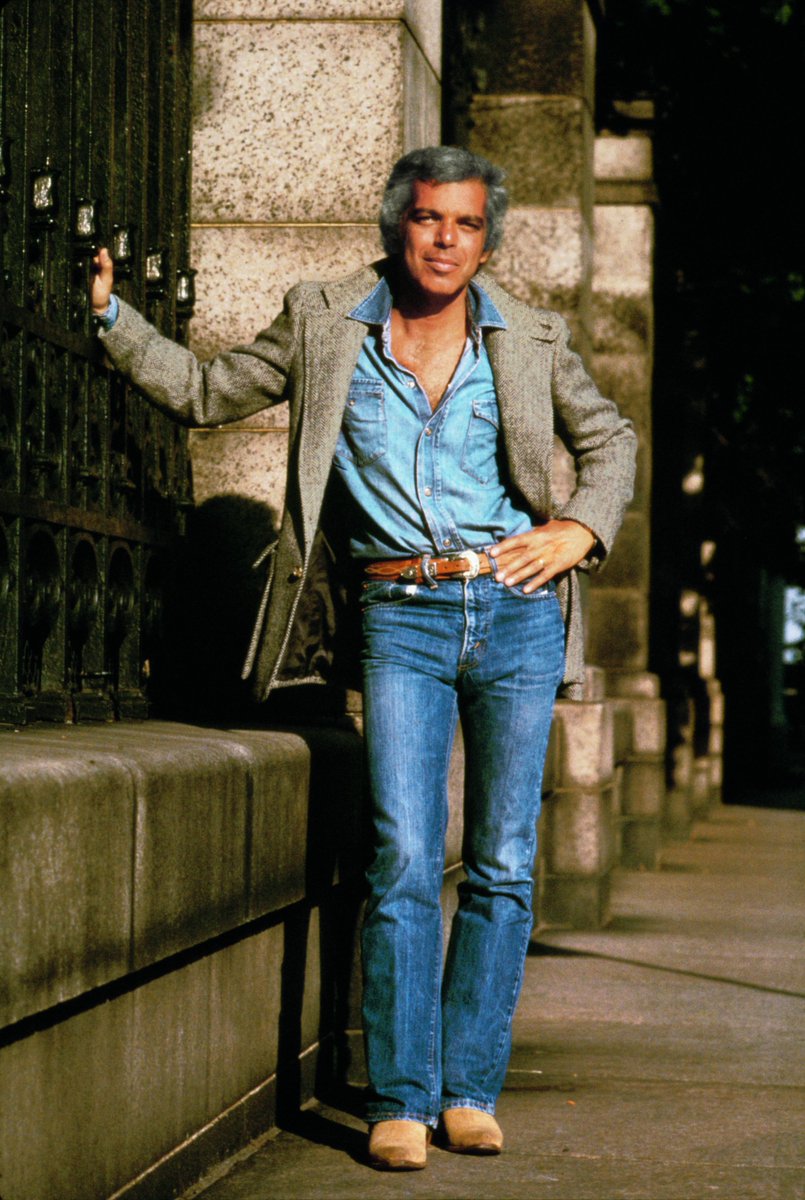
By contrast, Peterson here is wearing a tweed (casual, sport) with a shiny satin tie (formal, evening), white shirt (formal, business), and light blue jeans (casual, rugged). This outfit would make sense if you're meeting investors at an evening party after duck hunting at 3pm 

Even when Hoffman is just wearing a button-up shirt with pants, it's more than the bland business casual we see everywhere else today. Instead of a plain white dress shirt, he's wearing a snap-button Western shirt. Instead of middle-class sneakers, he's wearing bit loafers.




The other two photos show outfits that are improved by a finishing layer (some type of layering piece) and clothes that fit better than what you often see today. There is again harmony in the outfits: sporty on the left, rugged on the right. Today, you see a lot more incoherence




Two more things: You can also see these ideas in the film When Harry Met Sally.
1. Clothes often fit better
2. Often a finishing layer (except in sweater outfit, but even then, it's a more interesting knit than plain merino crewneck)
3. Harmony in formality and history




1. Clothes often fit better
2. Often a finishing layer (except in sweater outfit, but even then, it's a more interesting knit than plain merino crewneck)
3. Harmony in formality and history
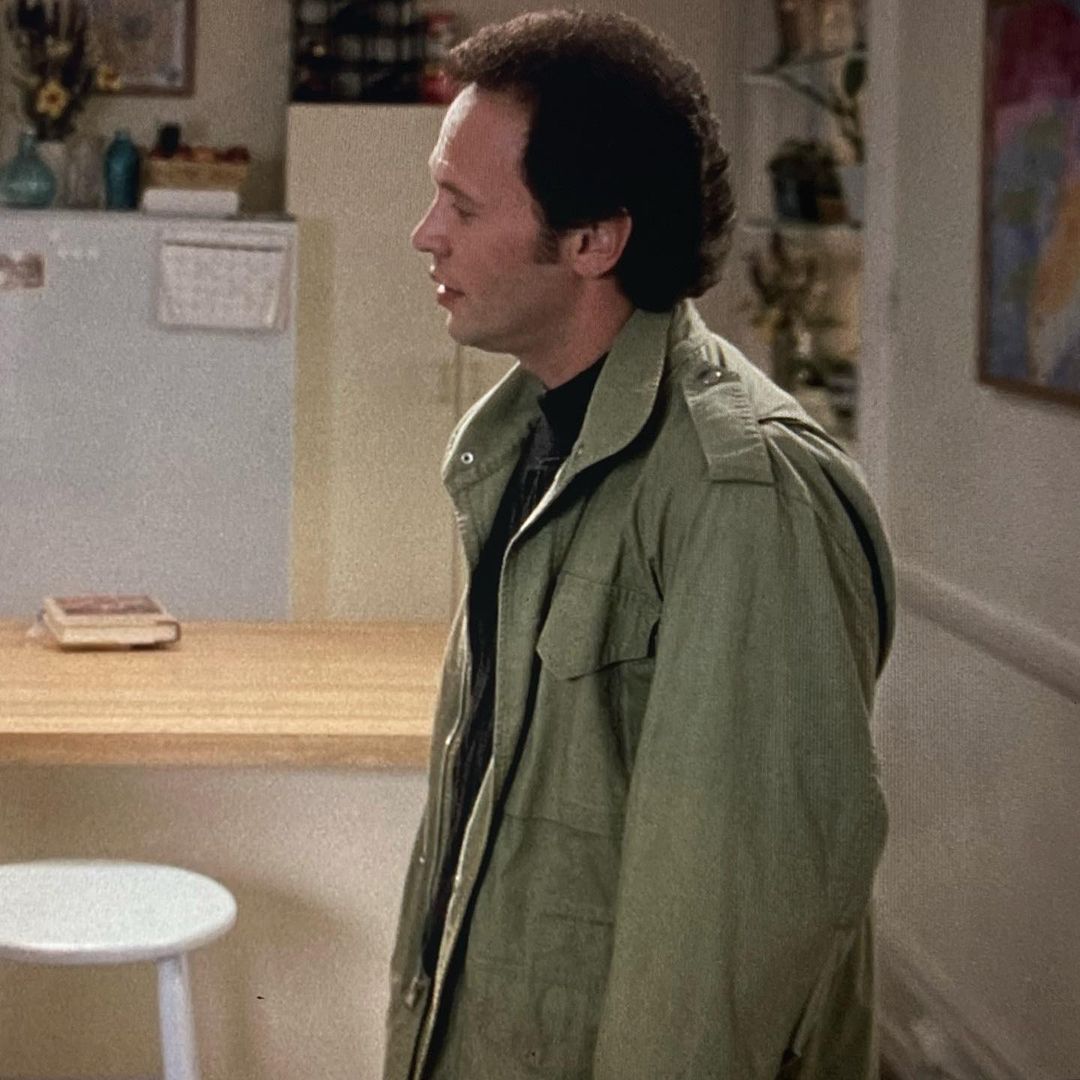



For instance, the outfit on the left would be ruined by a pair of formal oxford shoes. The outfit on the right is great because it's again a tweed sport coat (not a suit jacket) worn with a casual button-up shirt (no tie), jeans, and loafers (not incoherent dress sneakers)




Second point: these are obviously famous people who benefit from the effect of good cinematography. But you can see how these ideas are employed even by non-famous people. Coherence, fit, and using slightly more interesting pieces than business casual can make you look great.




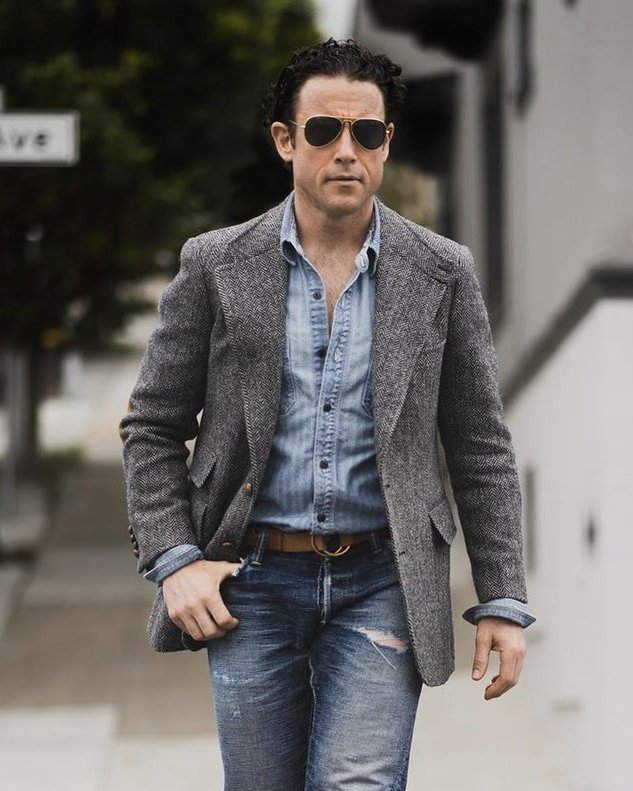



• • •
Missing some Tweet in this thread? You can try to
force a refresh


